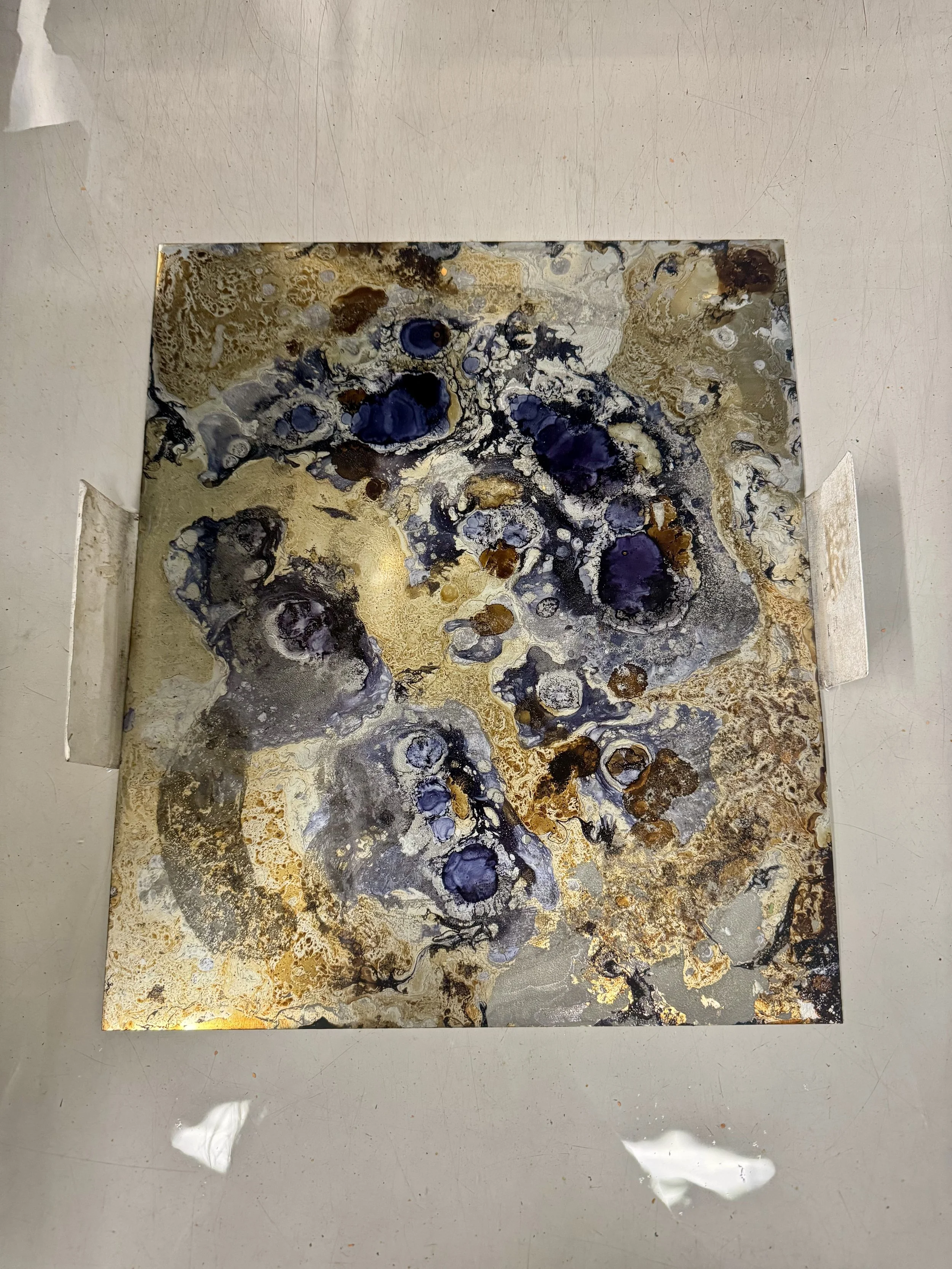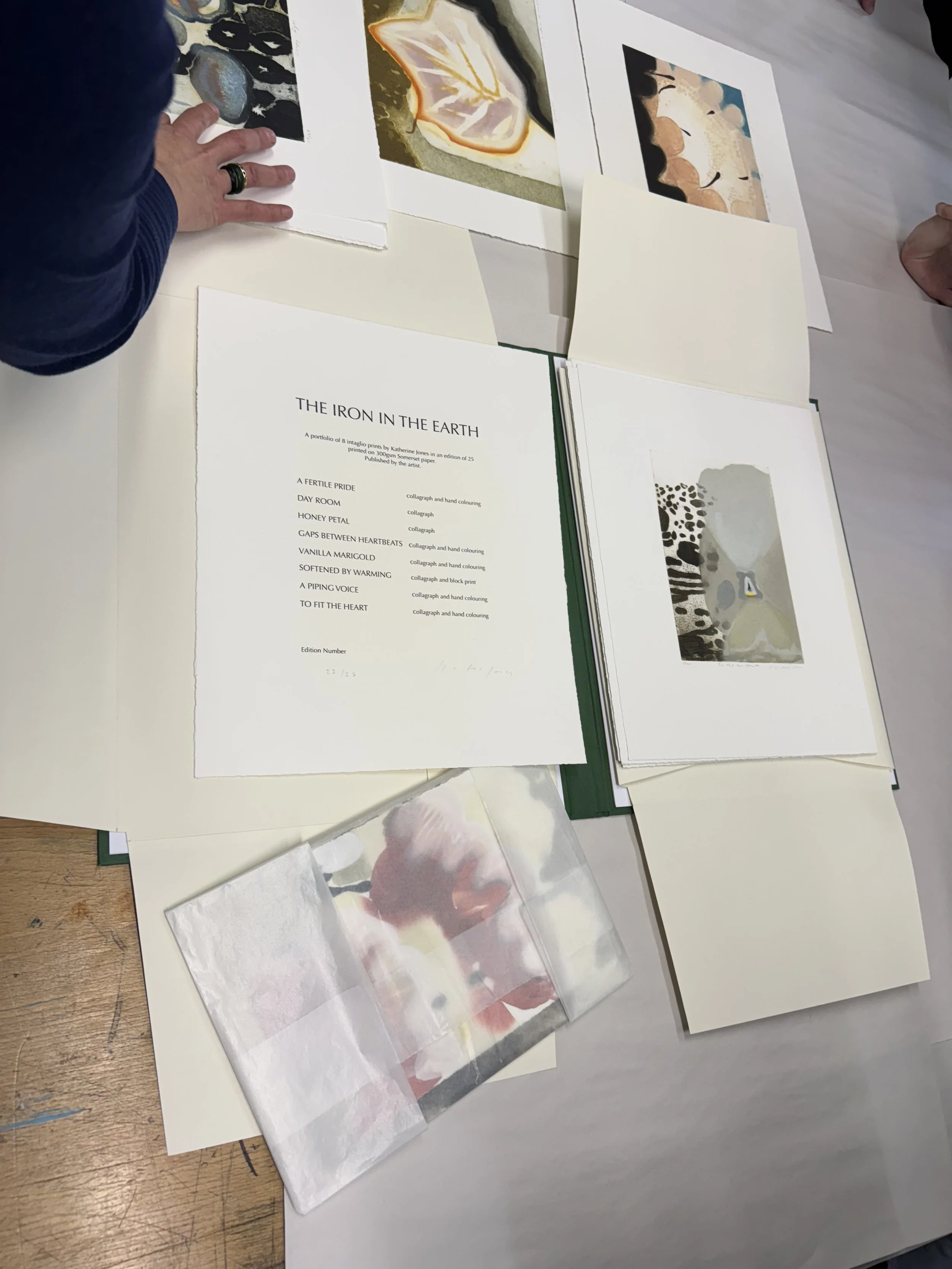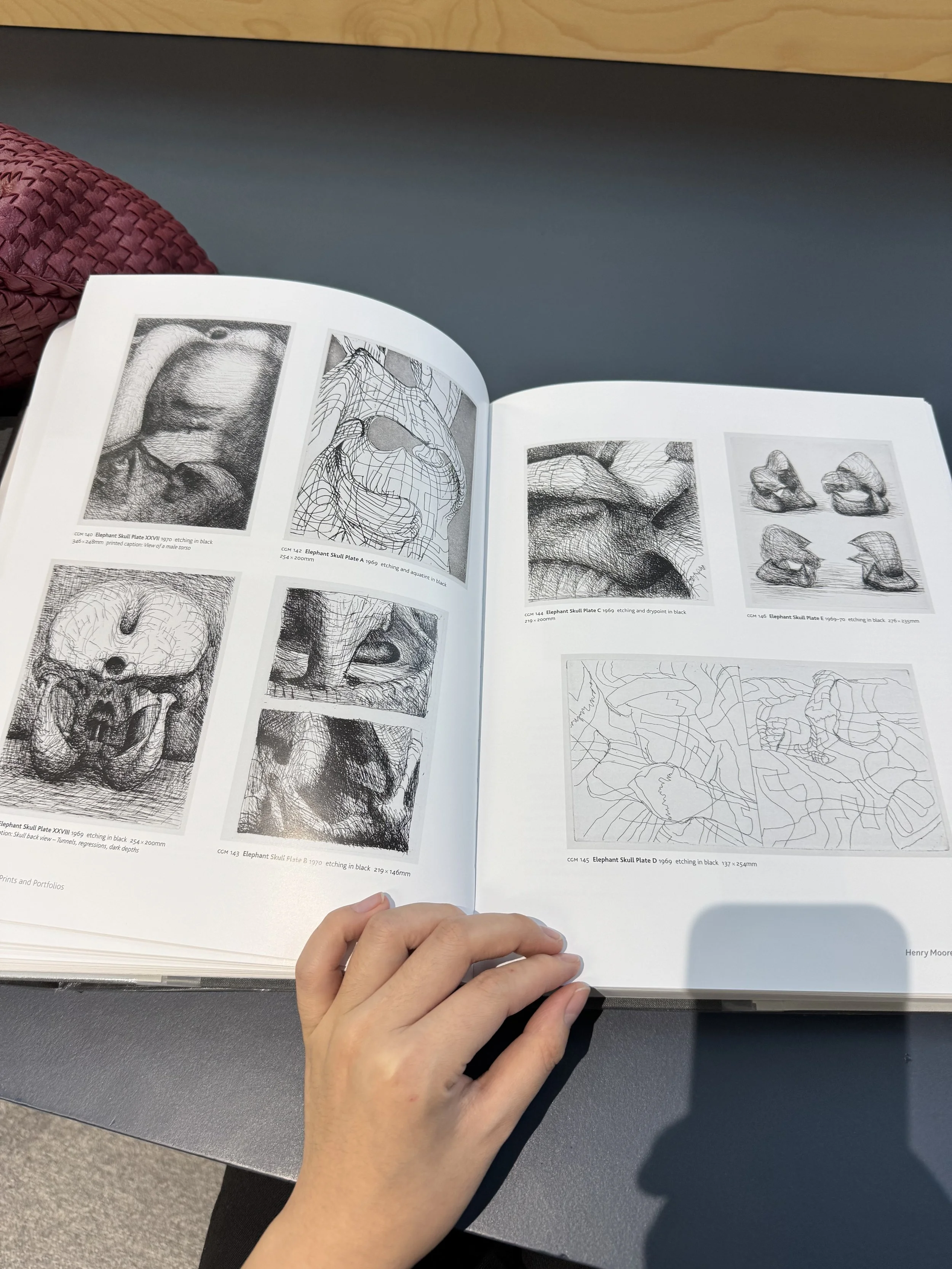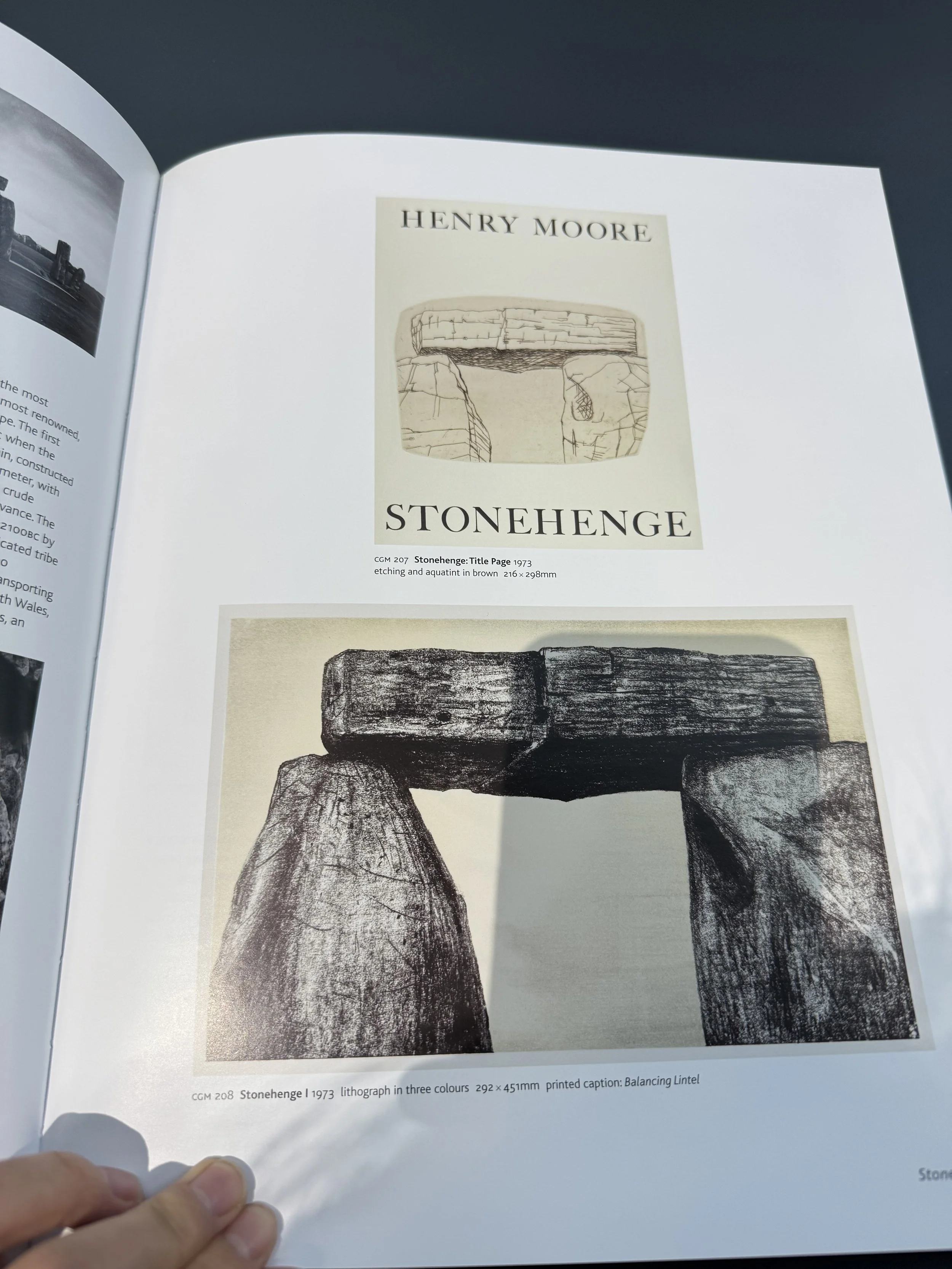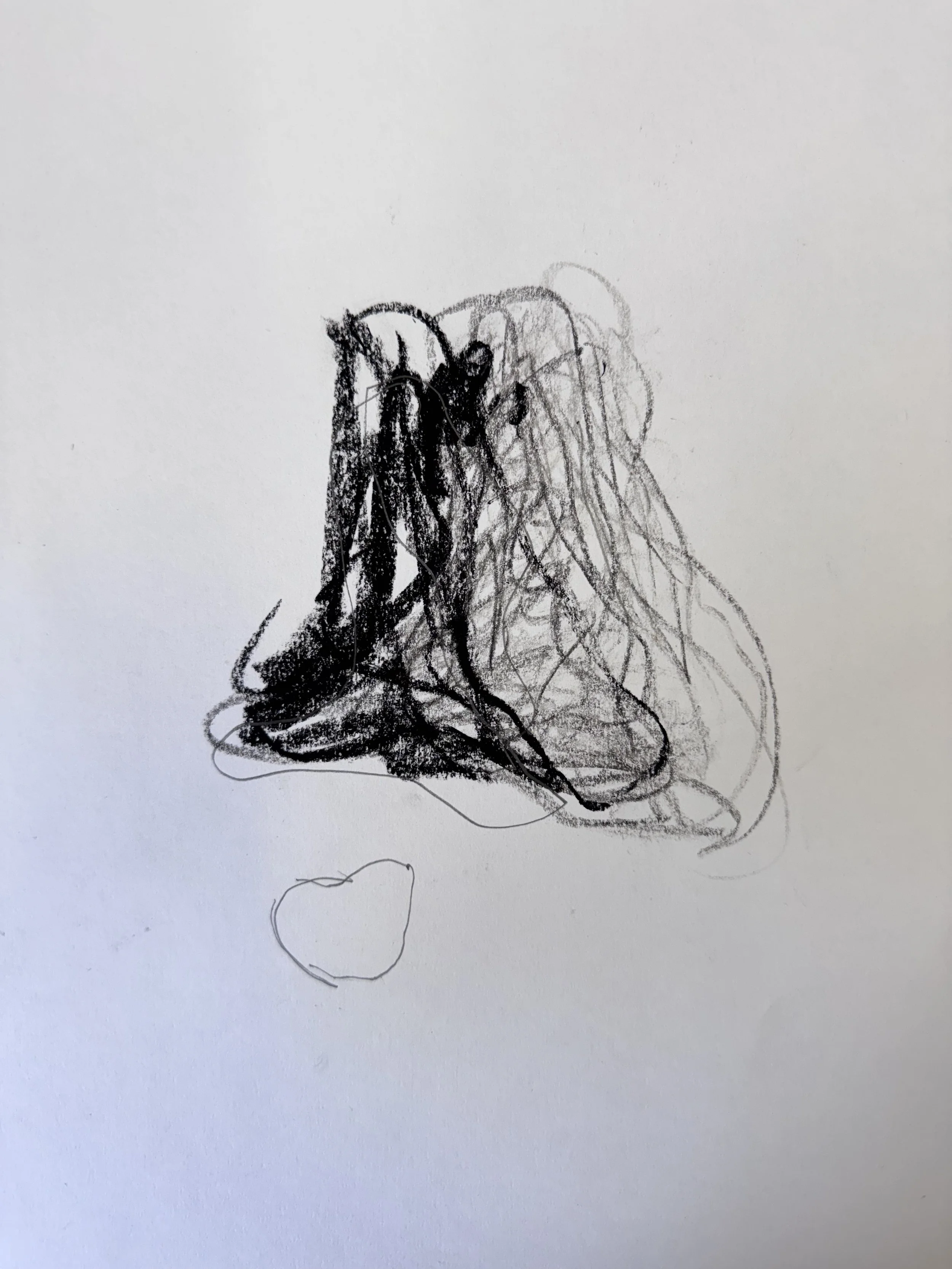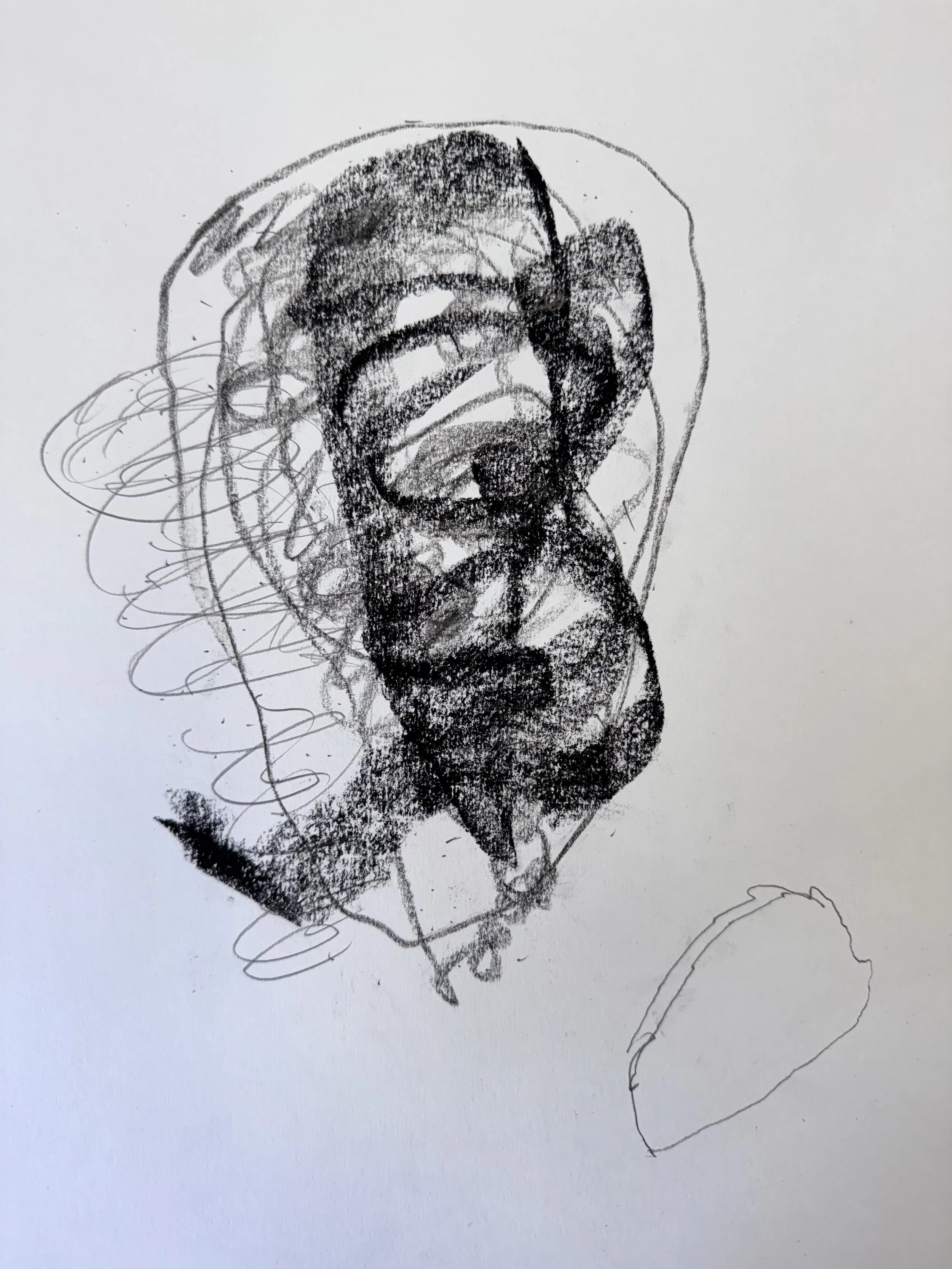Susan Aldworth’s Exhibition Visual Equivalents
Susan Aldworth has a background in philosophy and a profound interest in exploring the workings of the human mind—particularly consciousness and our sense of self. Her work often investigates the relationship between the physical brain and personal identity, aligning her with the Art & Science movement in the UK since the late 1990s.
I had the opportunity to visit her exhibition Visual Equivalents at Clifford Chance, which left a lasting impression on me. During her artist talk, she shared insights into how she integrates science and technology into her creative process. I felt an immediate connection to her approach, as I, too, am passionate about combining art and science in my practice. Her collaborations with scientists and her use of medical imaging—merged with photography, bodily impressions, and hand-drawn marks—opened up new directions for my own work. I was particularly inspired by her use of colors and patterns derived from medical imagery, which led me to explore medical research images in my own art. After speaking with a friend who studies biological genetics, I received guidance on sourcing professional bone slide images, which influenced the palette and composition of my Cell Series.
Susan Aldworth talk at Clifford Chance
Visual Equivalents
Cells division cycle
Aldworth’s project Modern Alchemy was especially inspiring. It was a collaboration with Dr. Amanda Jarvis at the University of Edinburgh, whose research focuses on sustainable catalytic chemistry. In this project, Aldworth created a series of experimental works using chemical processes in the laboratory. Dr. Jarvis prepared various chemical mixtures, including Aqua Regia—a powerful acid historically used by alchemists to dissolve gold—to etch Aldworth’s steel plates. The reactions left unexpected white marks that didn’t print conventionally, prompting Aldworth to apply gold leaf to some works as a nod to the alchemical themes. She produced 54 prints from 13 plates in this experimental series. This fusion of the artist’s studio and scientific laboratory as shared sites of experimentation deeply inspired me. It encouraged me to use etching techniques to explore the origins of life and existence, mirroring scientific concepts like cell division through chemical reactions on zinc plates. This series called Primo Series.
Modern Alchemy (2023),etching, aquatint and monoprint with gold leaf
Chemical reaction on my zinc plate when I etching it
Aldworth also uses materials like hair and brain cells in her work to examine consciousness and the human self. This resonates with my own approach, as I incorporate bones and inanimate objects to investigate themes of existence and substance. Her innovative use of printmaking techniques has expanded my perception of what the medium can express. Inspired by her example, I’ve begun exploring potential collaborations with scientists, and recently reached out to Professor Ulrike Sommer, Senior Lecturer in Prehistoric Archaeology at UCL’s Institute of Archaeology, to further my own interdisciplinary research.
Talk With Artist Katherine Jones
Katherine Jones is a contemporary British artist who combines painting with traditional printmaking techniques, weaving together fragmented narratives in hyper-real or folkloric settings. Her work often explores the tension between safety and danger, using archetypal motifs such as houses, flowers, the sun, and trees.
When she visited our class and shared her edition prints, I was struck by the professionalism and beauty of her work. That moment sparked a realization in me—I wanted to approach my own practice more seriously and professionally. With the support of my wonderful tutor, Brian D. Hodgson, who has been incredibly patient and generous with every student, I began learning how to make edition prints. And I did 1 edition prints Formation and 2 various edition prints Decomposition, Element.His guidance has been invaluable.If you want to see how to make edition prints click here.
The Iron In The Earth (8 intaglio prints in an edition of 25)
After Katherine’s talk, I had a one-to-one conversation with her where I shared my interests and working process. She recommended I visit the Henry Moore Studios, noting Moore’s deep interest in natural forms like stone and bones. Coincidentally, soon after our conversation, I spoke with my other beloved professor, Paul Coldwell. He also encouraged me to look into Moore’s work and specifically recommended Elephant Skull, a book that I found deeply inspiring.
One to one talk with Katherine
Elephant Skull Henry Moore
Katherine Jones edition prints
Stonehenge Henry Moore
Art Practice With Artist Lucie Winterson
Lucie Winterson is currently pursuing a PhD at the University of the Arts London, titled “Navigating Nature/Human Relations in the Ecological Crisis Through Art Practice.” Her research focuses on immersive encounters and poetic engagement with the natural world. She explores how we might imagine a space of mutuality, where the human and more-than-human worlds are entangled and able to express themselves in multiple poetic and sensory ways.
Her practice seeks to reconfigure our relationship with the vegetal world—the life force of trees and plants—and to reimagine how we engage with nature, both human and non-human. Her work aligns with the emerging concept of the Symbiocene, a new era that shifts away from ecocidal habits toward symbiosis and interconnection.
Lucie visited our class and shared her process, which I found incredibly inspiring. I was especially moved by the way she allows nature to co-create the artwork. She often works in natural environments like waterfalls, where she places inked paper into the water and lets the flow shape the final image. This act of surrendering control to the elements transforms the process into a collaboration with nature. It’s spiritual, freeing, and deeply poetic.
Lucie talk about how she put ink into the waterfall and collaborate with waterfall
Nature work shop with Lucie
The work I made by drawing with soil and bottle top
Her photos and videos taken at these natural sites are quiet, beautiful, and full of presence—she truly has an eye for capturing the subtle beauty of the natural world. During her workshop with us, we had the chance to go outdoors and build our own connection with nature through art. I really appreciated this loose, intuitive way of working. It reminded me of what my beloved professor Johanna Love once encouraged me to do: to draw from feeling, to connect with the object through touch. Inspired by both of them, I’ve practiced drawing with my eyes closed, using only my sense of touch—especially with objects I’ve found while mudlarking. It’s a powerful, emotional process that deepens my relationship with both the materials and the moment.




